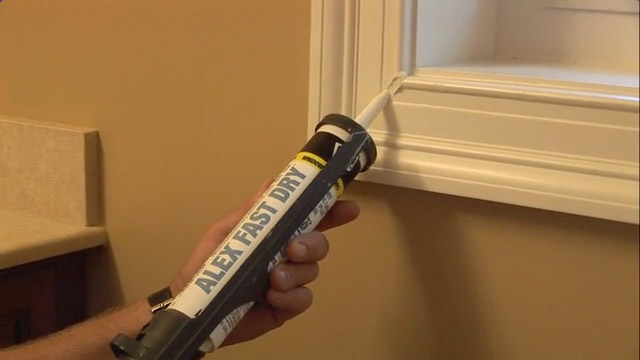How to Remove Latex Caulk from Wood

Latex caulk is a kind of adhesive that is used in the joints of wooden furniture or other things made of it to keep it safe from dampness. The latex caulk does protect the wood but with the passage of time, it becomes old and dries up. As a result, the wood underneath it can start to deteriorate. In order to apply a new layer of the latex caulk over the wood, the old layer has to be removed. Many people would shy away from the task since they think they might damage the wood but the task can be performed very easily at home.
Things Required:
– Heat gun
– Denatured alcohol
– Razor blade
– Wood cleaner
– Caulk removing tool
– Soft cloth
Instructions
-
1
Clean the old latex caulk over the wood and also the area surrounding it. Apply the wood cleaner on a soft cloth and apply all over the desired area. Cleaning the latex caulk is an important step and you must have a good wood cleaner.
-
2
Allow the wood to dry completely before you proceed with any other task.
-
3
Next, take the heat gun. You have to be very careful with this tool. Protect yourself, your hands and face, and also be careful while using it on the wood as you do not want to burn it. Having a heat gun available at your home can be very helpful since you can use it for various household purposes. Set the heat gun at about 300 degrees Fahrenheit and blow it over the latex caulk. The intention is to soften it up. Keep using it until the caulk has softened up enough to allow you to put your finger on it and press on it. Do not use the heat gun too close to the wood.
-
4
Now that the latex caulk has softened up, it is ready to be removed. Use the razor blade for this purpose. If the caulk hardens up again during the process you can use the heat gun again. It is better to use a specific caulk removing tool. This tool will prevent the possibility of damage to the wood.
-
5
In the end, use the denatured alcohol to clean the surfaces beneath the removed caulk. The alcohol will be less damaging to the now unprotected wood surface under the latex caulk.







